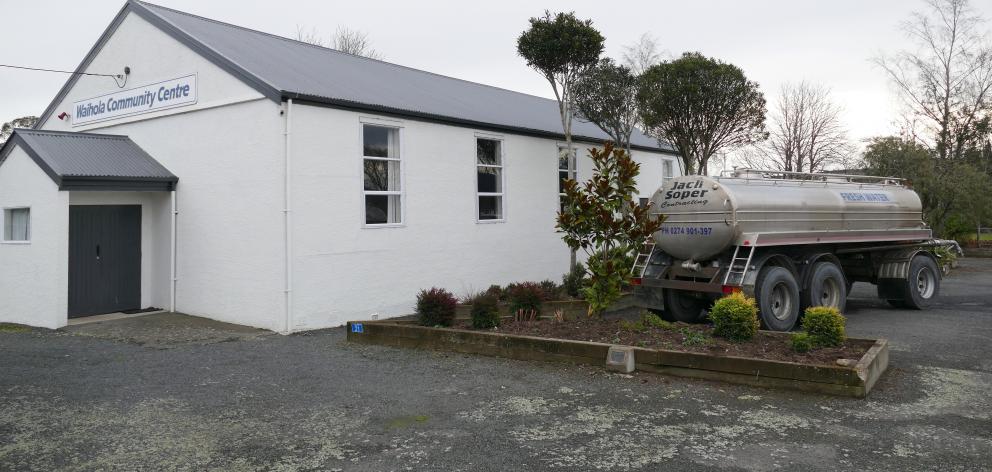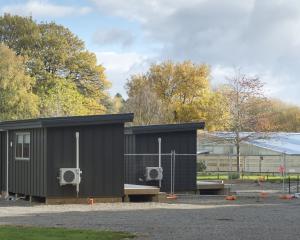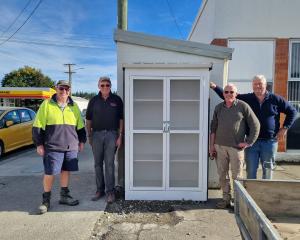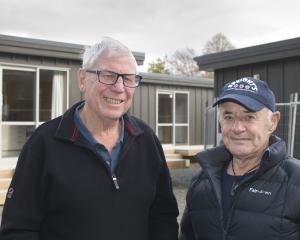
Several residents contacted the Otago Daily Times following the latest supply interruption, to complain of longstanding issues with the quality and quantity of fresh drinking water for households and businesses.
Council contractors worked throughout the weekend to fix the burst main.
Yesterday, Clutha District Council service delivery group manager Jules Witt said those repairs were now complete and the town’s reservoir was 30% full.
"The majority of households should now have water coming into their tanks.
"Further assessment of the water main will be undertaken this week to look at the cause of recent issues and whether more work is needed."
He said an isolated issue continued to interrupt supply to about 24 homes in Mallard Dr, to which the council would supply water until the problem was resolved.
A water tanker was also available for general community use, located by the Waihola Community Centre.
Mr Witt reiterated Waihola households were advised to have a water tank of at least 4000-litre capacity to bridge any shortages in town supply.
"[This] is generally four days’ water supply for a household. At this time of the year, generally this volume should last a week or more if basic water conservation measures are followed."
Work was under way to upgrade the town’s supply, he said.
A document seen by the ODT shows tenders for a new, 16.2km pipeline from Milton to Waihola were invited on July 6.
Clutha Mayor Bryan Cadogan apologised again yesterday for any inconvenience caused to residents.
"Rapid growth and a switch from holiday to permanent residents has tested the capacity and ability of the rural scheme to supply, and that is why houses are meant to have a 4000-litre storage tank to reduce some of the risk if there is a major disruption.
"We acknowledge the need for a long-term solution and [have] identified this as one of the district’s top priorities."












